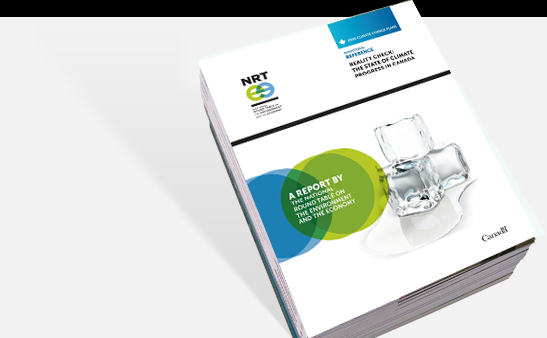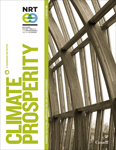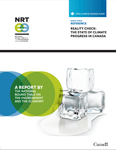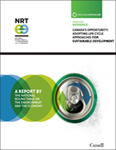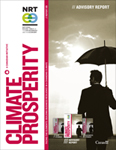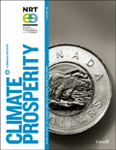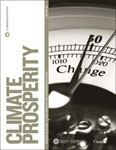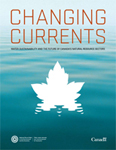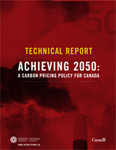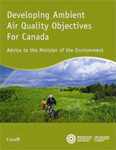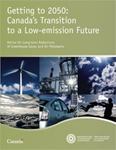We bring the environment
and the economy together.
Our Process


RESEARCH
Recognizing the unique vulnerability of Canada’s North and the potential for climate change to compromise local and regional environments and communities, the NRT embarked on a focused policy research program to offer practical adaptation solutions. We studied how risk-management tools such as insurance building codes and disaster management can be applied proactively to ensure northern communities and critical infrastructures are able to adjust and adapt to the stresses of climate change.
Read More
CONVENE
The NRT benefited from the insights, perspectives, and advice of over 70 stakeholders in the shaping of this policy work. As part of our research, we visited and heard from experts and decision makers in Gjoa Haven, Inuvik, Yellowknife, Whitehorse, Toronto, and Edmonton though a series of consultation sessions.
Read More
ADVISE
True North highlights the risks to northern infrastructure posed by climate change and the opportunities in adaptation. It casts a light on one of the most critical aspects of adaptation – ensuring that infrastructure is resilient over its lifespan in the face of climate change. Our report shows clearly how we can use existing risk management tools to reduce infrastructure vulnerabilities and adapt more effectively to climate change in Canada’s North.
Read More



